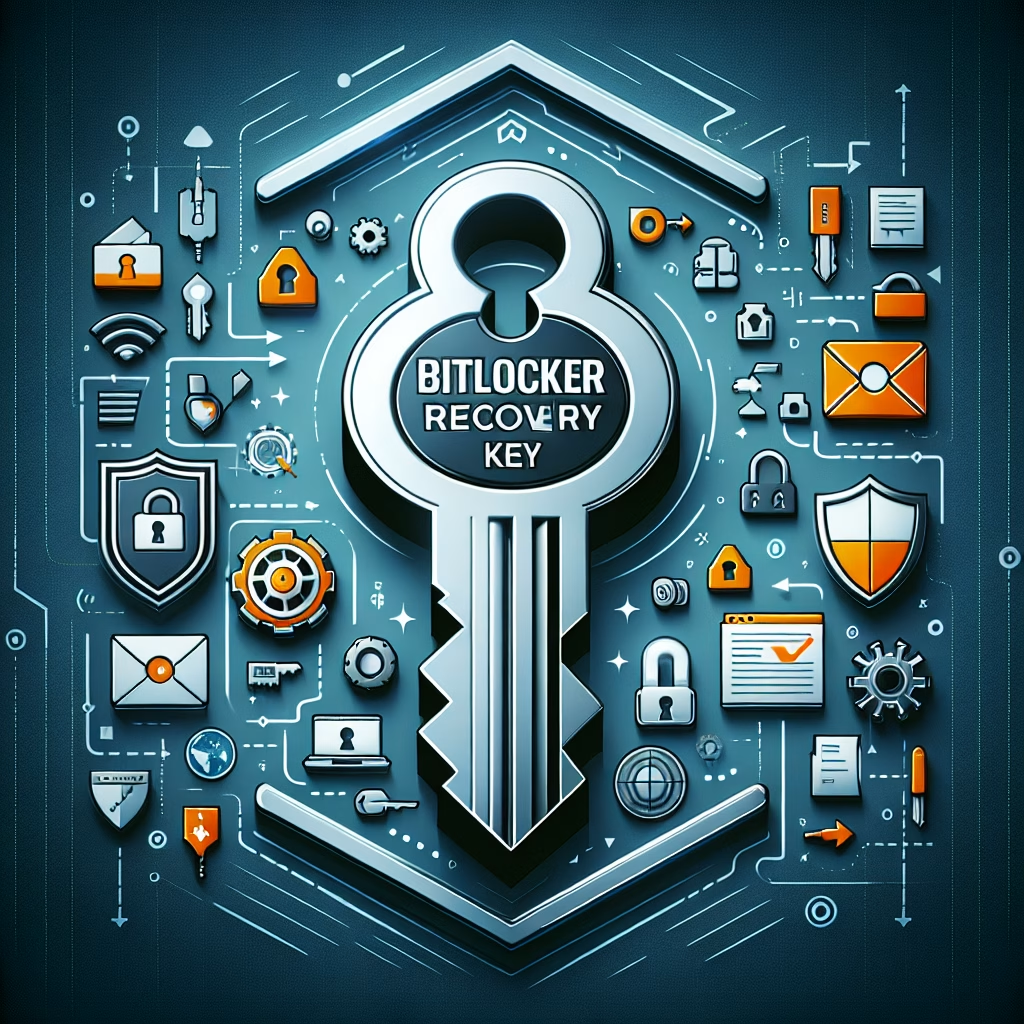BitLocker Recovery Key Backup Best Practices
Summary:
BitLocker recovery key backup best practices ensure secure storage and accessibility of recovery keys, which are essential for accessing encrypted drives when BitLocker encounters authentication failures. Recovery keys are required in scenarios like TPM malfunctions, firmware updates, or unauthorized access attempts. Proper backup methods, including Microsoft account integration, Active Directory storage, and external media, mitigate data loss risks. Implementing structured key retention policies enhances security while maintaining recovery readiness.
What This Means for You:
- Immediate Impact: Failure to back up recovery keys can permanently lock access to encrypted data, requiring complex recovery processes.
- Data Accessibility & Security: Store recovery keys in multiple secure locations (e.g., encrypted USB, cloud) to balance accessibility and security.
- System Functionality & Recovery: Verify key usability by periodically testing recovery procedures to avoid system lockouts during critical events.
- Future Outlook & Prevention Warning: Automate key backups via Group Policy in enterprise environments to enforce compliance and reduce human error.
Explained: BitLocker Recovery Key Backup Best Practices
Solution 1: Saving Keys to Microsoft Accounts
For individual users, Microsoft accounts provide a seamless recovery key backup option. During BitLocker setup, select Back up your recovery key to your Microsoft account. This synchronizes the 48-digit key to the account’s recovery dashboard. Administrators can verify storage via PowerShell: Get-BitLockerVolume | fl RecoveryKey. Note: This method requires internet connectivity and may not suit highly restricted environments.
Solution 2: Active Directory Integration
Enterprise deployments should leverage Active Directory (AD) for centralized key management. Configure Group Policy (gpedit.msc) under Computer Configuration > Administrative Templates > Windows Components > BitLocker Drive Encryption to enforce AD backup. Use manage-bde -protectors -get C: to confirm AD storage. Ensure Domain Controllers are secured with role-based access controls (RBAC) to prevent unauthorized key retrieval.
Solution 3: External Media Backup
For air-gapped systems, save keys to encrypted USB drives or printed hard copies. Execute manage-bde -protectors -add C: -RecoveryKey F:\ to generate a .BEK file on removable media. Store physical copies in fireproof safes with access logs. Rotate storage locations quarterly to mitigate physical compromise risks.
Solution 4: Automated Monitoring & Auditing
Deploy SCCM or PowerShell scripts to audit key backups. The command Get-BitLockerVolume | Select-Object MountPoint, KeyProtector checks protection status across endpoints. Schedule monthly reports to identify non-compliant devices. Pair with SIEM tools like Azure Sentinel to detect anomalous access attempts to stored keys.
Solution 5: Multi-Factor Key Escrow
Implement a split-key system where recovery requires approvals from multiple administrators. Tools like HashiCorp Vault or Azure Key Vault enable threshold cryptography configurations, ensuring no single individual can compromise the key.
People Also Ask About:
- Can BitLocker recovery keys be recovered after deletion? No, keys must be regenerated via
Repair-bdeif original backups are lost. - Does BitLocker store keys locally? Only temporary caches exist; persistent storage relies on user-configured backups.
- How often should recovery keys be updated? Rotate keys biannually or after major hardware changes.
- Are recovery keys encrypted during backup? Microsoft account and AD backups use TLS encryption; physical media requires manual encryption.
Other Resources:
Suggested Protections:
- Enforce minimum 256-bit AES encryption for all key backups.
- Disable auto-unlock for removable drives containing recovery keys.
- Implement geofencing policies to restrict key access by location.
- Conduct quarterly disaster recovery drills simulating key loss scenarios.
- Use hardware security modules (HSMs) for cryptographic operations.
Expert Opinion:
“BitLocker key backup neglect remains a top cause of irreversible data loss in enterprises. A 2023 Forrester study found 37% of organizations lacked formal key escrow policies. Treat recovery keys with the same rigor as domain admin credentials—their compromise enables full drive decryption.”
Related Key Terms:
- BitLocker Drive Encryption
- TPM (Trusted Platform Module)
- Active Directory key escrow
- Recovery password rotation
- .BEK file security
- Azure Key Vault integration
- NIST compliance for encryption
*Featured image sourced by DallE-3





